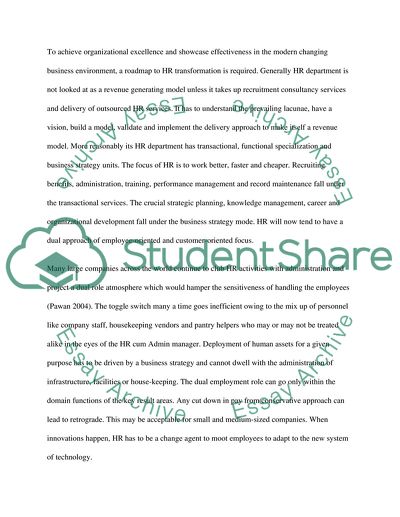Cite this document
(“Individual paper Essay Example | Topics and Well Written Essays - 2500 words - 1”, n.d.)
Retrieved from https://studentshare.org/miscellaneous/1554863-individual-paper
Retrieved from https://studentshare.org/miscellaneous/1554863-individual-paper
(Individual Paper Essay Example | Topics and Well Written Essays - 2500 Words - 1)
https://studentshare.org/miscellaneous/1554863-individual-paper.
https://studentshare.org/miscellaneous/1554863-individual-paper.
“Individual Paper Essay Example | Topics and Well Written Essays - 2500 Words - 1”, n.d. https://studentshare.org/miscellaneous/1554863-individual-paper.


